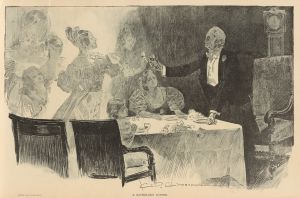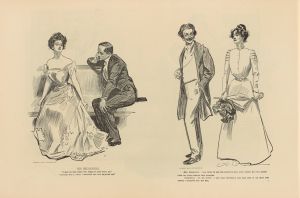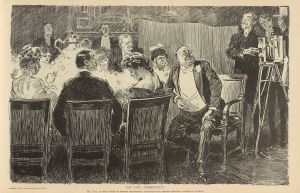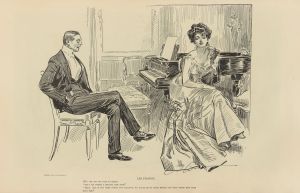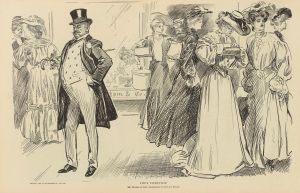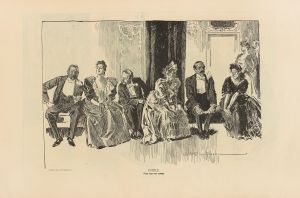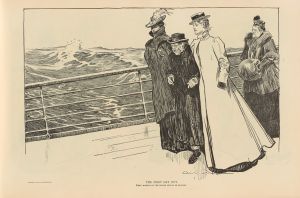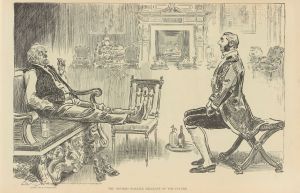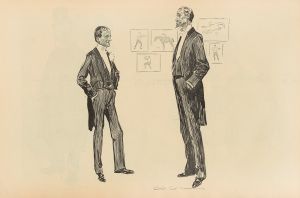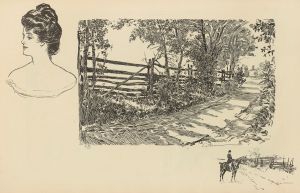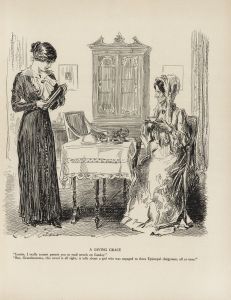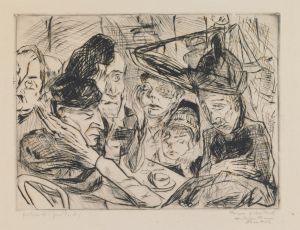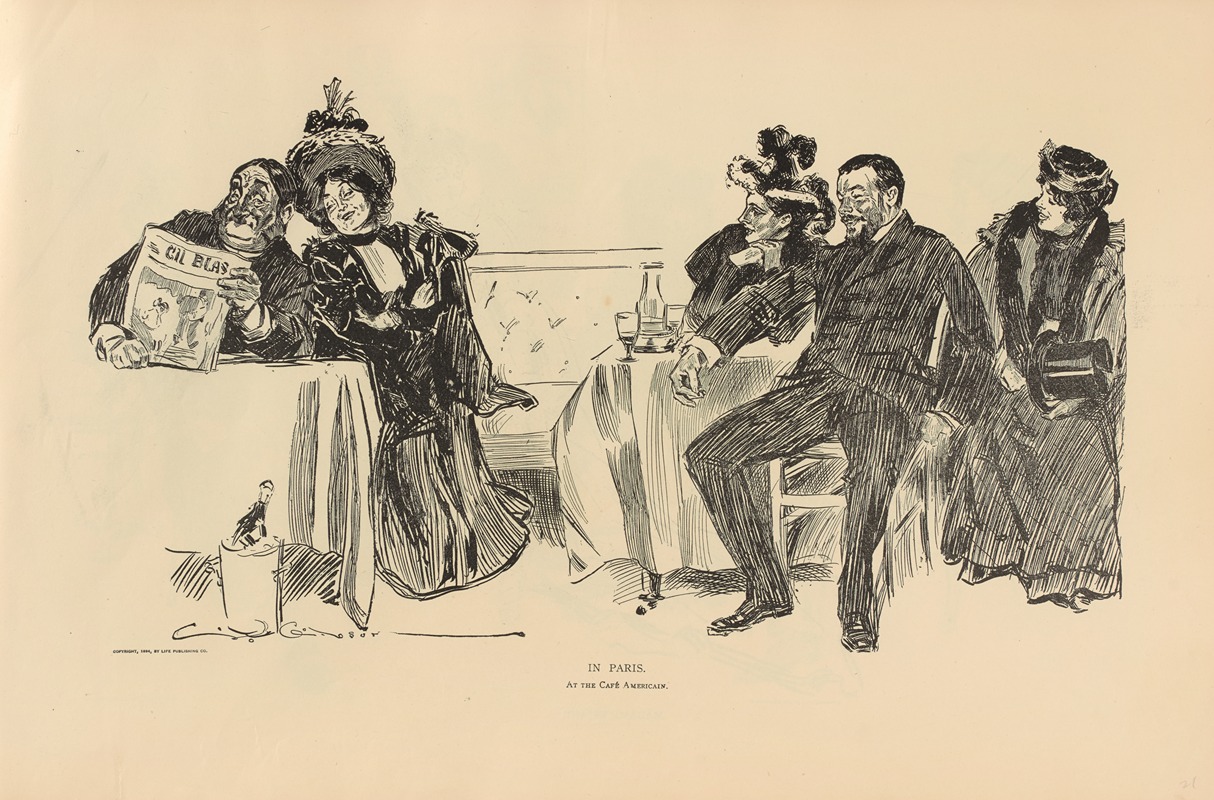
In paris. At the Café Americain
A hand-painted replica of Charles Dana Gibson’s masterpiece In paris. At the Café Americain, meticulously crafted by professional artists to capture the true essence of the original. Each piece is created with museum-quality canvas and rare mineral pigments, carefully painted by experienced artists with delicate brushstrokes and rich, layered colors to perfectly recreate the texture of the original artwork. Unlike machine-printed reproductions, this hand-painted version brings the painting to life, infused with the artist’s emotions and skill in every stroke. Whether for personal collection or home decoration, it instantly elevates the artistic atmosphere of any space.
Charles Dana Gibson was an influential American illustrator best known for his creation of the "Gibson Girl," an iconic representation of the American woman at the turn of the 20th century. One of his notable works is "In Paris. At the Café Americain," which exemplifies his keen observation of social settings and his ability to capture the nuances of human interaction.
"In Paris. At the Café Americain" is a black-and-white illustration that depicts a lively scene in a Parisian café, a popular social hub during the late 19th and early 20th centuries. The artwork showcases Gibson's characteristic style, which combines detailed line work with a keen sense of humor and social commentary. The scene is bustling with elegantly dressed patrons, each engaged in various activities such as conversing, reading, or simply observing their surroundings. This illustration reflects the cosmopolitan atmosphere of Paris at the time, a city known for its vibrant café culture and as a gathering place for artists, writers, and intellectuals.
Gibson's work often highlighted the social dynamics and gender roles of his era. In this illustration, the presence of the "Gibson Girl" is notable. The "Gibson Girl" was a creation of Gibson's that came to symbolize the idealized American woman—independent, confident, and fashionable. She is often depicted as being at ease in social situations, embodying both beauty and intelligence. In "In Paris. At the Café Americain," the women portrayed exhibit these characteristics, engaging actively in the social life of the café.
The illustration also captures the essence of the Belle Époque, a period characterized by cultural flourishing and a sense of optimism in Europe, particularly in France. Cafés like the one depicted were central to the social life of Paris, serving as venues for discussion, entertainment, and relaxation. They were frequented by a diverse clientele, including locals and expatriates, and were often associated with the avant-garde movements of the time.
Charles Dana Gibson's work, including "In Paris. At the Café Americain," played a significant role in shaping public perceptions of social life and gender roles during his time. His illustrations were widely published in magazines such as Life, Harper's Weekly, and Scribner's, reaching a broad audience and influencing popular culture. Gibson's ability to capture the spirit of his era with wit and elegance ensured his place as one of the leading illustrators of his generation.
Overall, "In Paris. At the Café Americain" is a testament to Gibson's artistic talent and his insightful commentary on the social customs of his time. Through his detailed and expressive illustrations, Gibson offered a window into the world of the early 20th century, providing a lasting legacy that continues to be appreciated for its artistic and historical significance.





